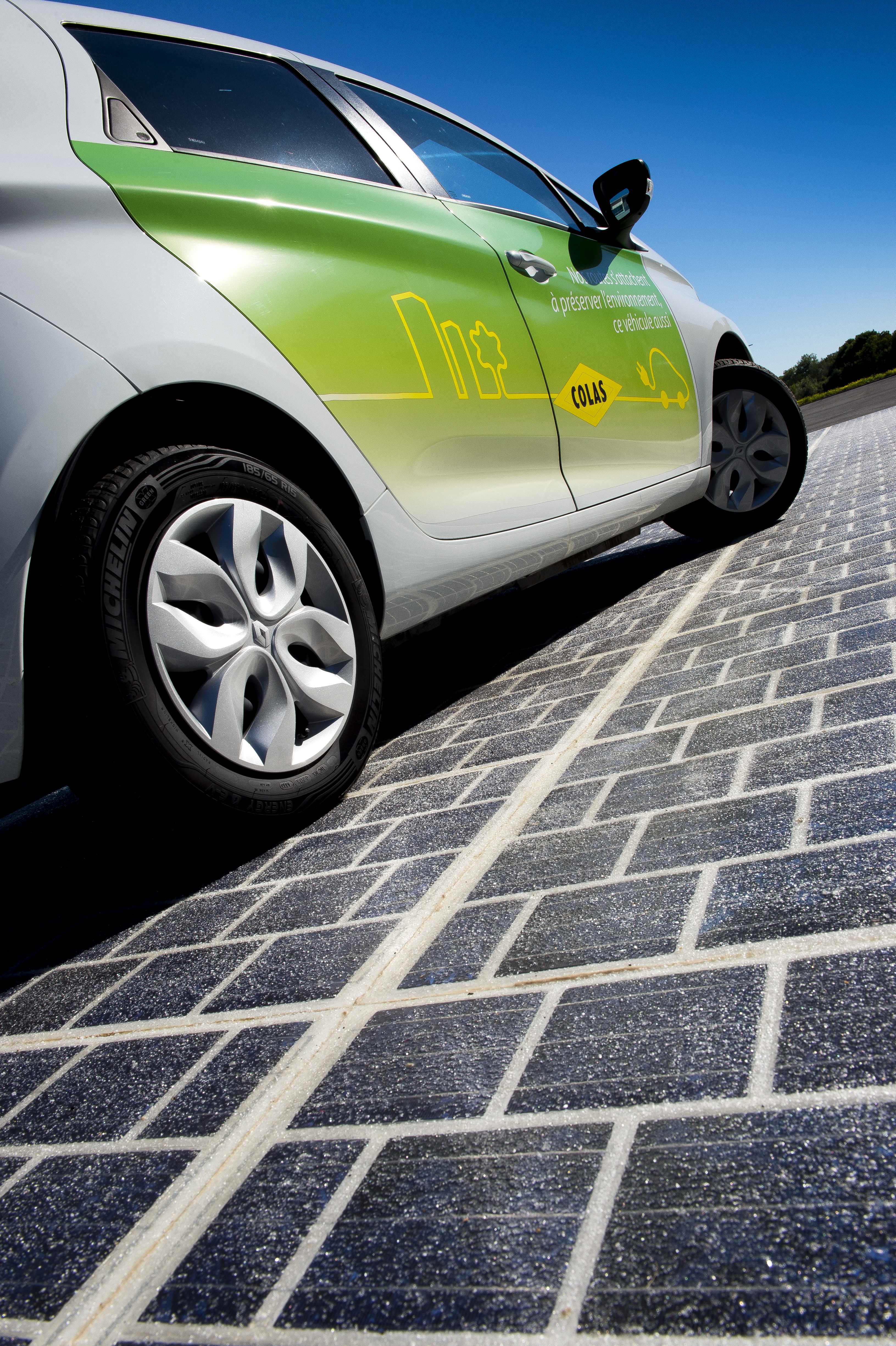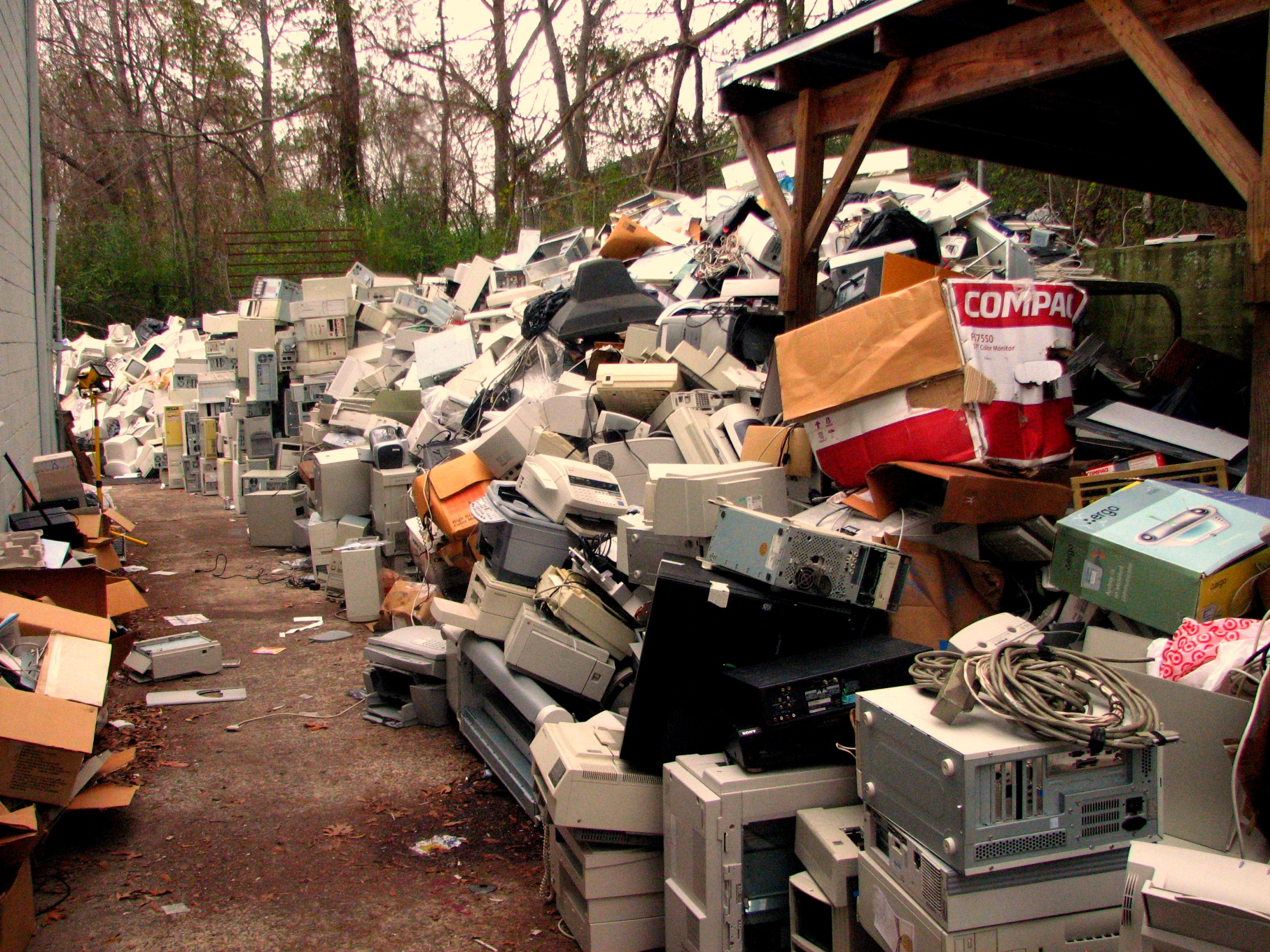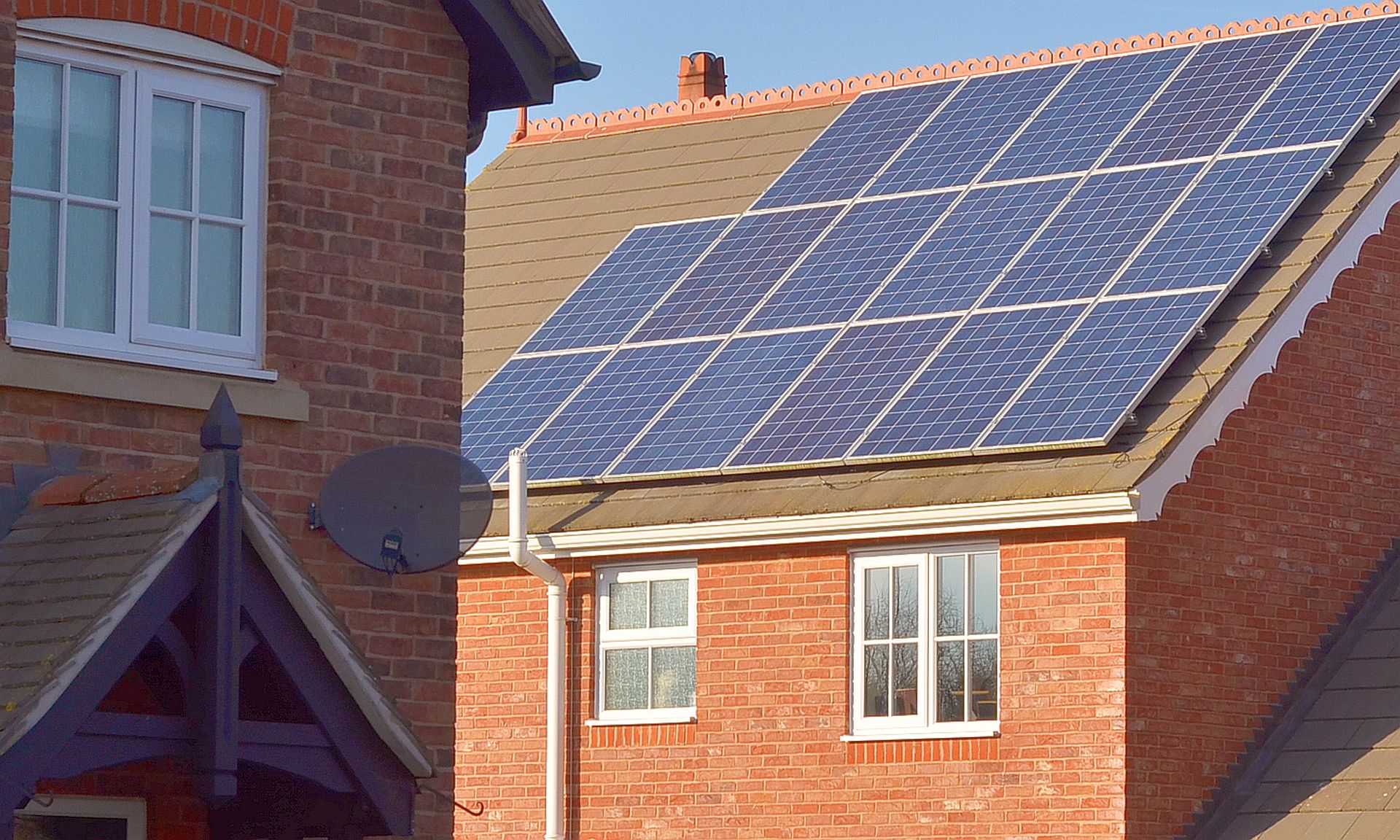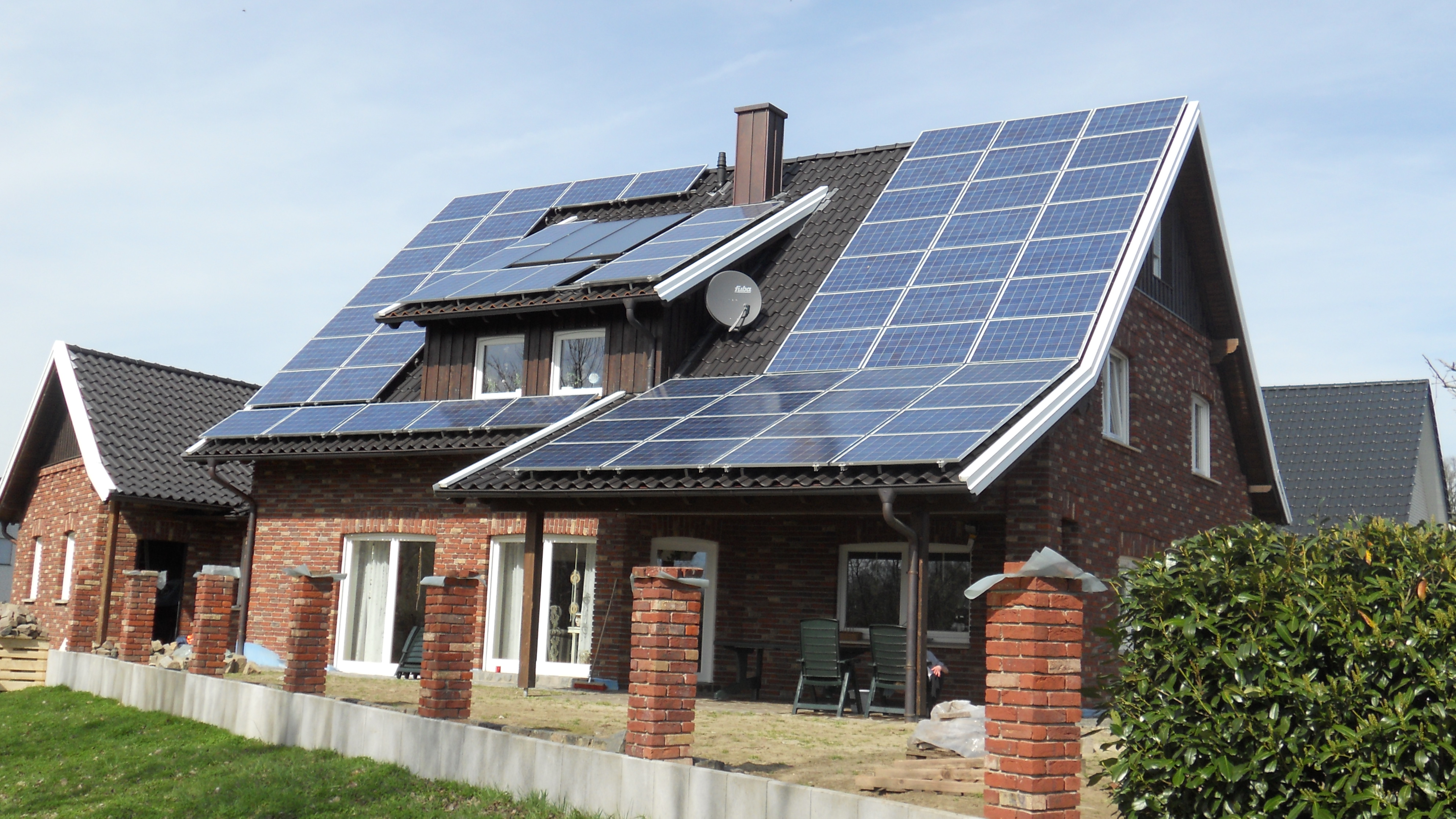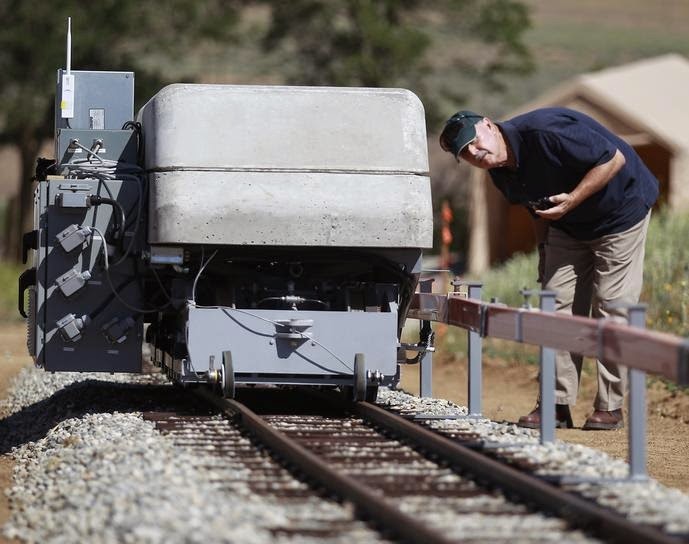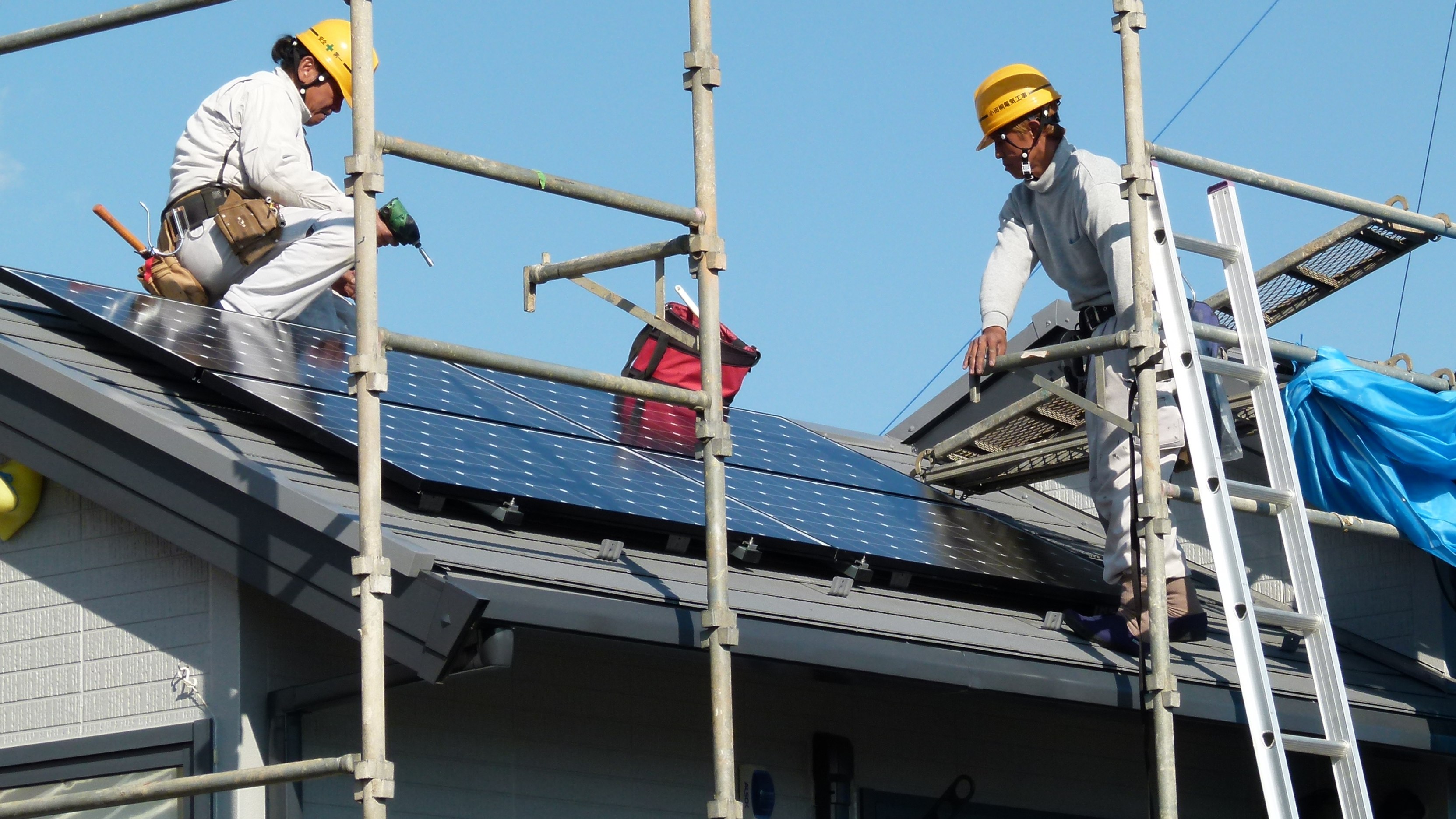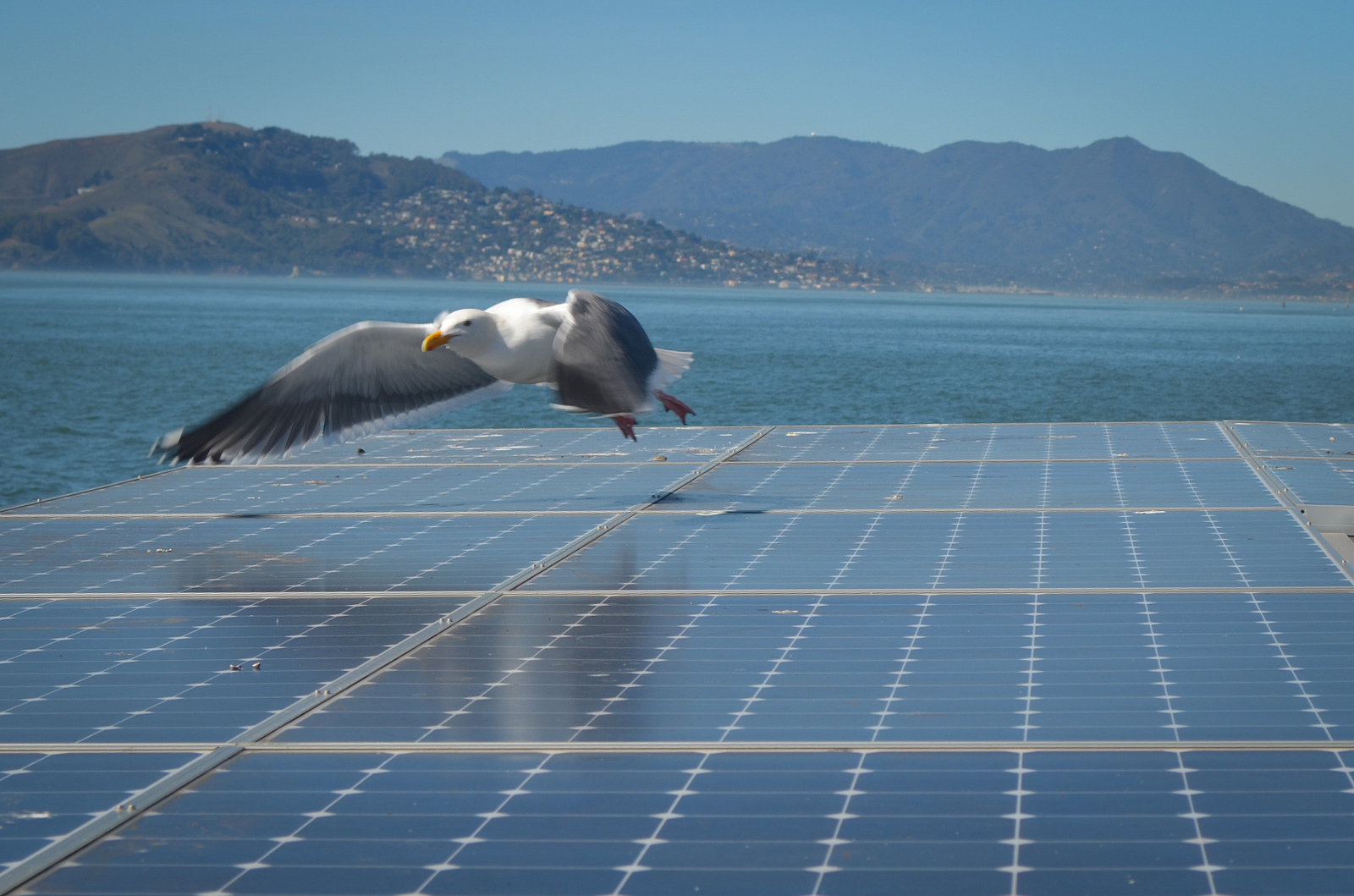Energy
Outdoor Lights Dim Nature
At night our planet is now bathed in artificial light, ranging from streetlights and floodlights to burning gas flares in oil fields. There are few places that are truly dark at night.
Los Angeles’ Giant Battery
Los Angeles has decided to replace a major gas-burning power plant with an energy storage device which, if not exceeded by another before it is completed, will be the world’s largest storage battery.
Geothermal Heating
Geothermal heat pumps use the heat stored in the earth’s surface to heat homes and buildings. Even in the dead of winter, the temperature not very far below ground remains at a temperature typically in the 50s. Geothermal systems tap into this immense thermal resource. Conversely, this same temperature sink can be used to provide cooling during the summer. It takes electricity to run the heat pumps, but is vastly more efficient than using electricity directly to produce heat or to cool air.
The First U.S. Solar Roadway
The first solar roadway in the US will be installed this year at the Historic Route 66 welcome center in Conway, Missouri. The installation will use hexagonal solar panels developed by Idaho-based start-up company Solar Roadways. The initial trial installation will use the panels to cover a sidewalk in the Route 66 center rest area and will only cover a few hundred square feet. The modular building blocks are hexagonal panels of a little less than 5 square feet in area that each generate 48 watts of electrical power.
The Value Of Street Trees
Why should you care whether there are trees on your street or on the streets nearby? Besides the obvious fact that they make streets more attractive, street trees provide a number of real benefits both for residents and for the environment.
Turning CO2 Into Rock
One of the strategies to tackle the problem of increasing greenhouse gas emissions that are resulting in climate change is Carbon Capture and Storage or CCS, which seeks to prevent CO2 from entering the atmosphere and to instead tuck it away somewhere. A longstanding approach to doing it is to store it underground in voids such as abandoned oil and gas reservoirs. There are various complications associated with this idea, not the least of which being potential leakage of the stored CO2.
Solar Power And Social Justice
The U.S. recently celebrated the milestone of having one million solar installations nationwide. It took 40 years to get there, but experts believe the next million could take only a couple of years. The solar revolution is clearly well underway.
CO2 Air Capture
The level of carbon dioxide in the atmosphere has reached 400 parts per million and is still rising. Climate scientists say that 450 parts per million would be dangerously high. Many experts say that we really need to get back to 350 parts per million. We are trying to prevent global temperatures from rising more than 1.5 degrees Celsius.
Reducing Emissions From Ships And Planes
The global efforts to reduce carbon emissions are marked by a conspicuous omission: the aviation and shipping industries. These two industries contribute 6% of all man-made CO2 emissions, but have so far managed to avoid international control. And not only are they major sources of carbon emissions, their contributions are growing three times faster than overall global CO2 emissions.
The Trouble With Burning Forests
President Obama has set 2030 as the target for reducing U.S. carbon dioxide emissions to comply with the Paris Climate accord. Unfortunately, the Senate’s new Energy Bill would allow states to count wood as a “carbon neutral” fuel when drawing up plans to comply with the EPA’s Clean Power Plan.
Hidden Costs of E-Waste
Recycling is often a great thing. But, when you hear about the conditions under which electronic waste is disassembled by impoverished peoples of developing nations, it gives one pause. [Read more…] about Hidden Costs of E-Waste
One Million Roofs
Sometime early in May, the United States installed its one millionth solar energy system. Achieving this milestone took the solar industry about 40 years to accomplish. Because of the phenomenal growth of solar power in this country, industry experts predict that it will only take two more years to reach the second million and there are predictions that by the year 2025, there will be one million new installations in the U.S. each year.




